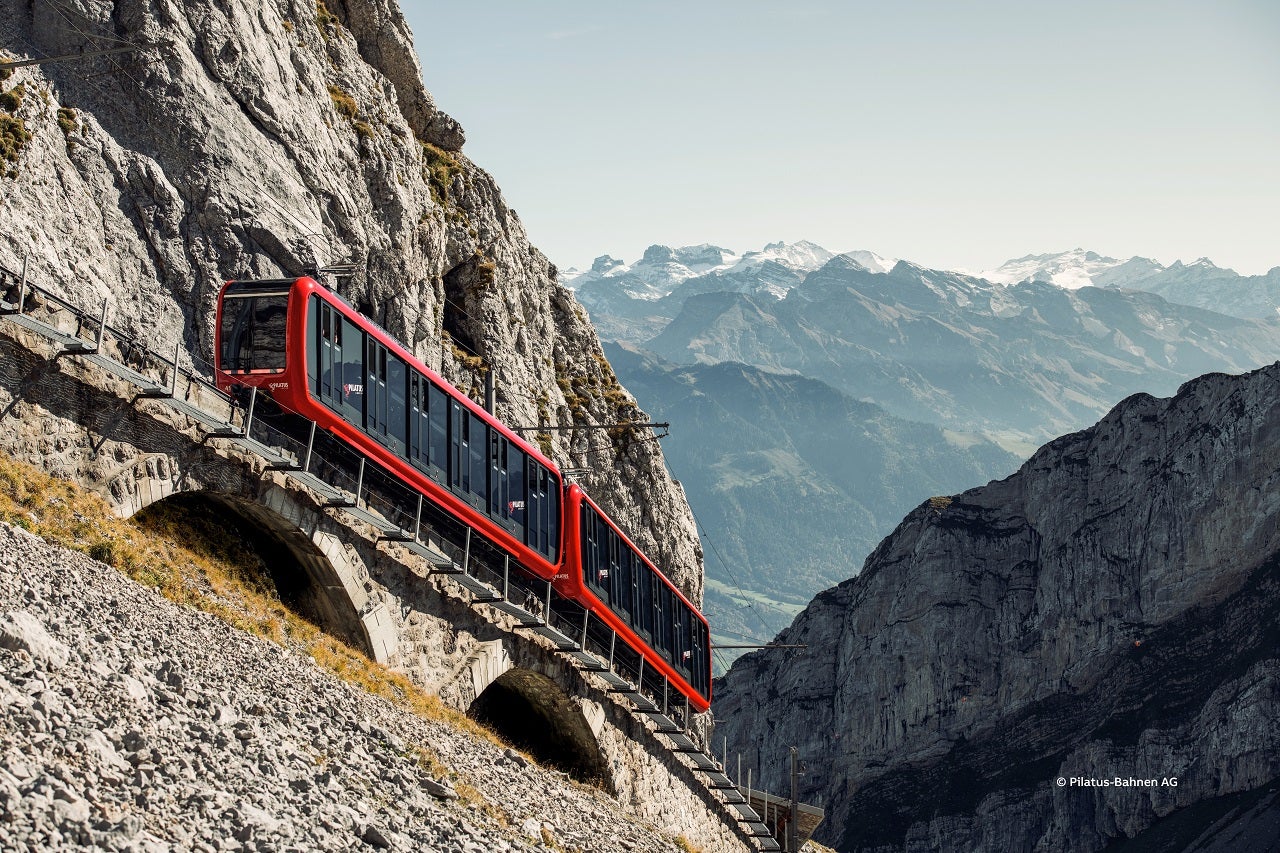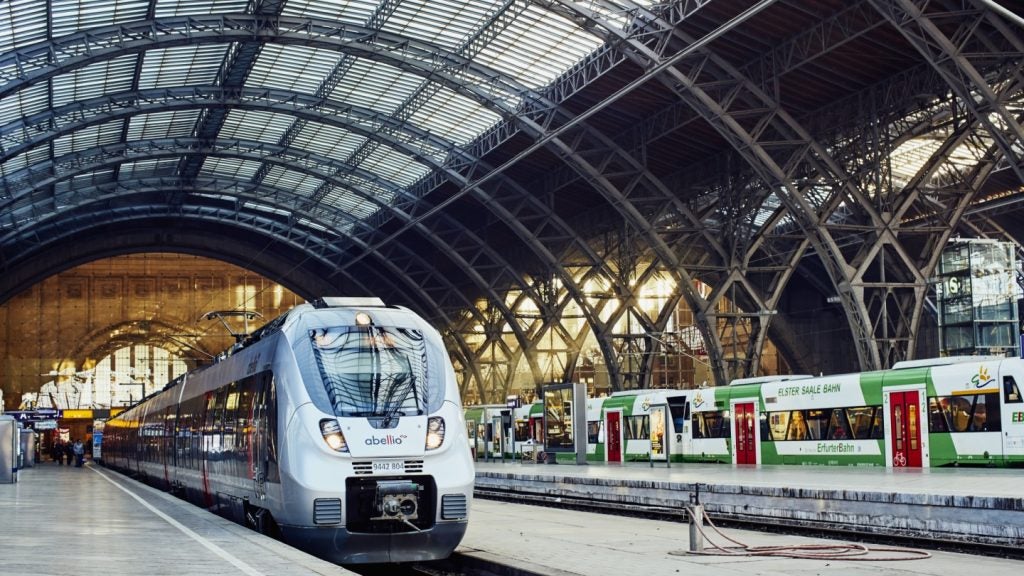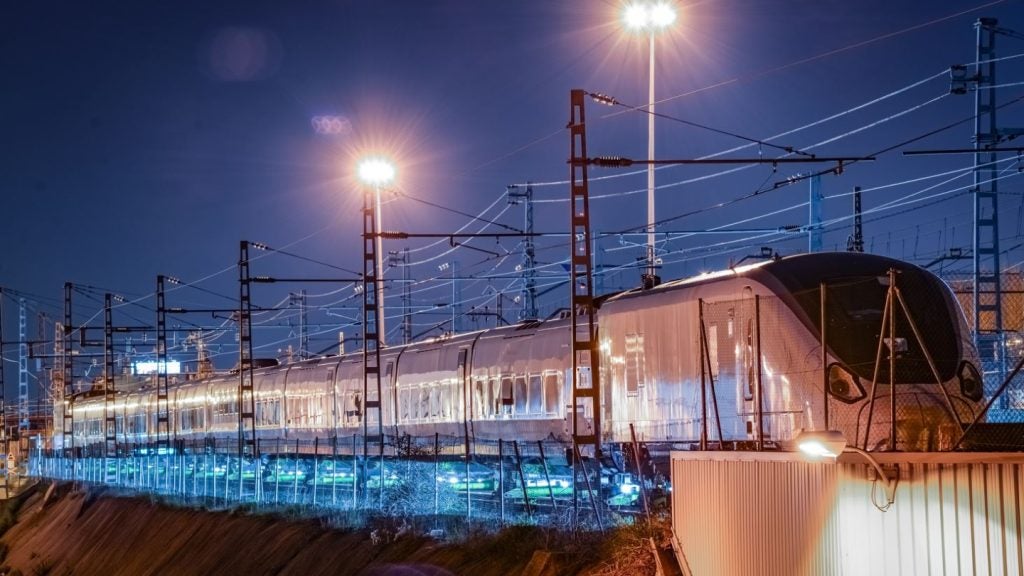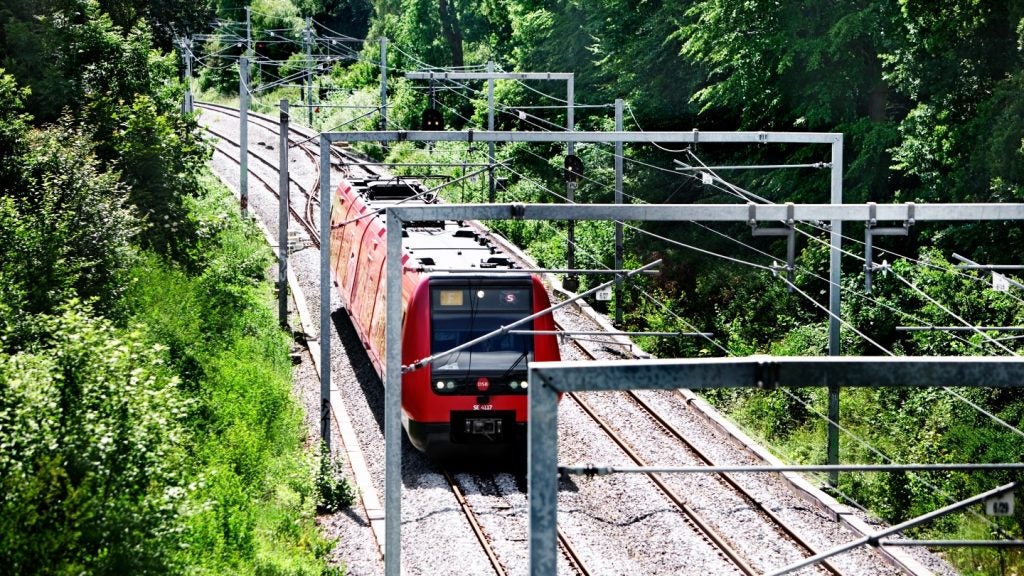
Pilatus Bahnen, the operator of the world’s steepest cogwheel railway, has rolled out a fleet of eight new energy-efficiency railcars and one freight car into operation at the popular Swiss excursion mountain.
The Pilatus Bahnen is located on Mount Pilatus overlooking Luzern, Switzerland, and runs at an average gradient of 35%, reaching gradients as high as 48% at points.
Built by Swiss manufacturer Stadler, the new fleet is equipped with energy-efficient drive technology from Swedish-Swiss multinational ABB, which contributes to more efficient, reliable and sustainable rail operations.
“We are pleased to commission this new generation of rack-and-pinion trains equipped with ABB traction inverters featuring the latest drive technology,” said Godi Koch, Pilatus Bahnen CEO.
“These enable more energy-efficient operation and enhance the comfort and speed of the ride for our guests.”
See Also:
Stadler delivered the double traction rail cars to Pilatus Bahnen as a replacement for the old rolling stock from 1937.
How well do you really know your competitors?
Access the most comprehensive Company Profiles on the market, powered by GlobalData. Save hours of research. Gain competitive edge.

Thank you!
Your download email will arrive shortly
Not ready to buy yet? Download a free sample
We are confident about the unique quality of our Company Profiles. However, we want you to make the most beneficial decision for your business, so we offer a free sample that you can download by submitting the below form
By GlobalDataThe new trains carry up to 46 passengers each, travelling at up to 15km/h up the mountain, while the descent is at speeds between 8km/h to 12km/h.
Unique technical challenges
The planning, construction, and testing of the new trains were undertaken in close collaboration between ABB and Stadler over multiple years, due to the challenging nature of the project.
The design of the new trains features large glass fronts and a panoramic glass roof to enhance the viewing experience of visitors to Mount Pilatus.
In addition, a narrow gauge and horizontal train gear with the perforated principle limits the available space for electrical components.
ABB was therefore tasked with developing a new, powerful but compact, lightweight and robust solution that would be mounted underneath the wagons.
ABB says that through its energy-efficient traction converters, the new rack-and-pinion railcars consume 30% less energy than the previous generation of trains. During braking, the electrical energy generated is fed back into the grid and available to use for the ascent.
“We are very pleased that the ABB drive solutions are also being used in the latest generation of vehicles and that we are supporting Pilatus Bahnen on its way to continued reliable and even more efficient rail operations,” said Gil Fischer, local division manager of ABB Traction Switzerland.
The custom-designed ABB traction converter is compactly housed in a single enclosure. Two traction converters are installed underneath each train unit, which convert the electrical energy from the overhead line into the voltage and frequency required to drive the traction motors.
Pilatus is a popular destination for thousands of Swiss and international guests. The 4.6km route between Alpnachstad and the terminus of Pilatus Kulm reaches an elevation of 2073m, covering almost 1,700m in altitude gain.







